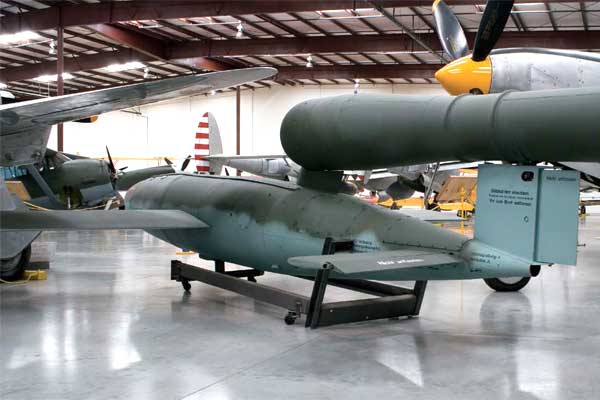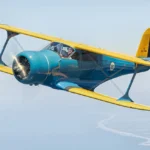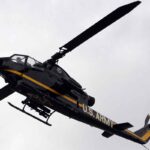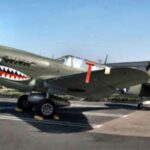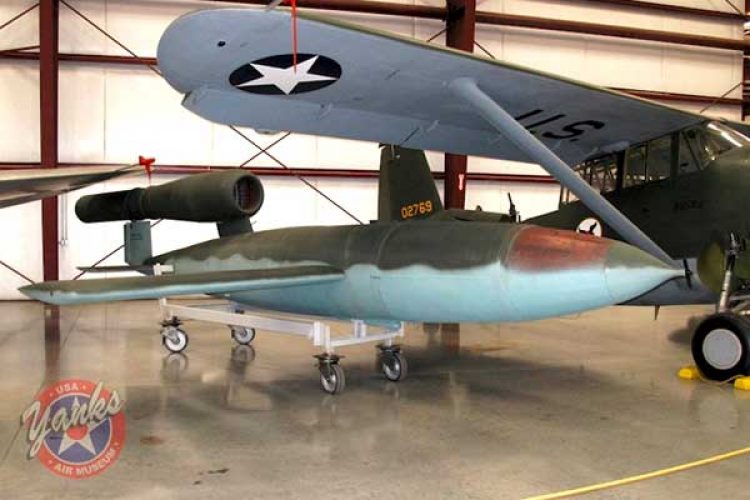
Service History
No service history available
A new era in weapon delivery began on June 13, 1944 when the first V-1 was fired at London. First test flown by 1942, the V-1 was the forerunner of today’s cruise missile. The V-1 was relatively simple and inexpensive to build, allowing them to be built in large numbers. Their simplicity, sturdy steel skin and low operating altitude made them difficult targets. However, of the 10,000 that were fired towards London, less than 2,500 made it through the layered defences of barrage balloons, anti-aircraft guns and aircraft. The ominous sound of their pulse jet engines struck terror into the hearts of those who heard them.
The Tempest, Mosquito, Spitfire XIV, and P-51 were the most successful in chasing the V-1s down. One of the more unique methods of downing a V-1 was to “tip” them by disturbing the airflow over one of it’s wings, overriding the guidance gyros and sending the missile tumbling out of control. The P-47M was specifically designed to chase them down and “tip” them.
They were catapulted from a 152 ft inclined ramp or air-launched from a Heinkell HE-111. General Eisenhower made their ground based launch sites second in priority only to the “urgent requirements of battle.” When the advancing Allied ground forces took the ground launch sites in reach of London, the Germans concentrated their attacks on the Belgium port city of Antwerp.
Yanks received this example in November 2006.

